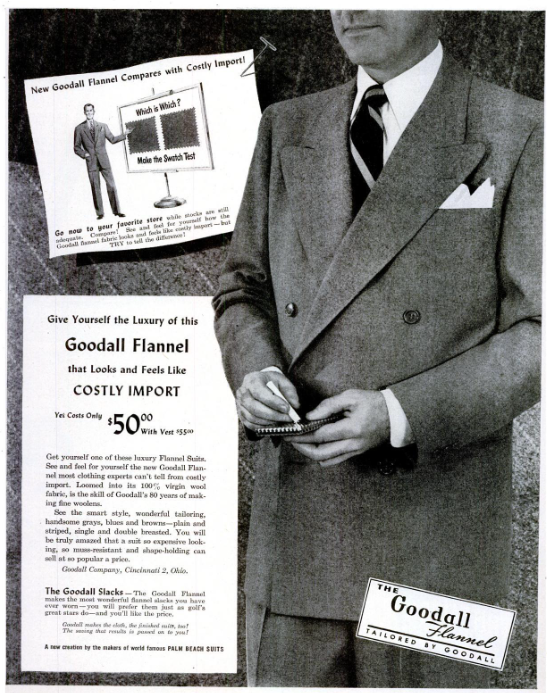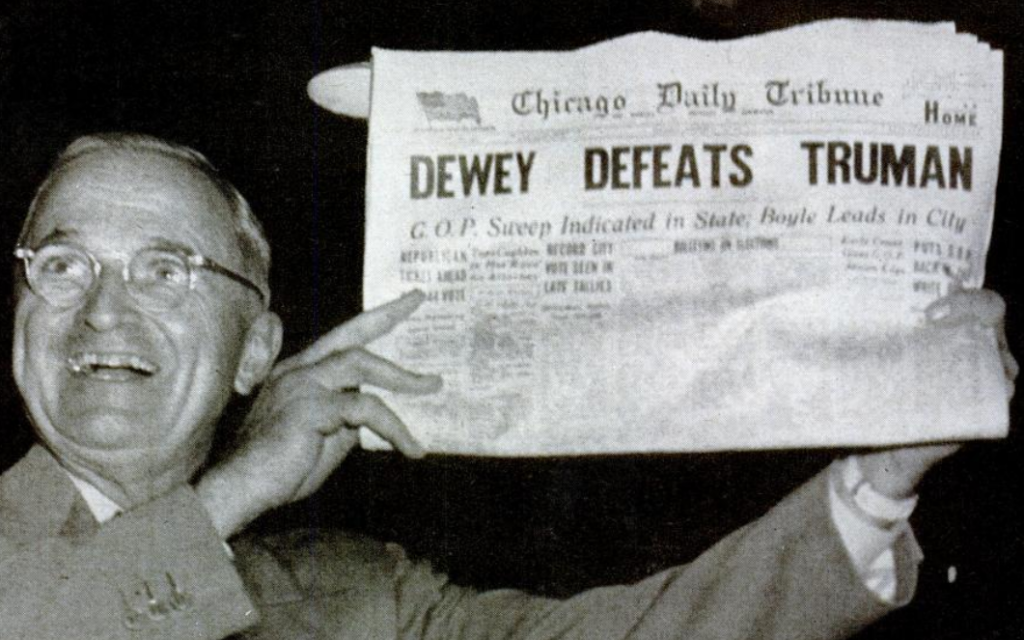As a tech executive of a small consulting company, one of your top concerns is keeping your company’s revenue and productivity levels high, and managing bench time is critical to those concerns. Having employees sitting idle on the bench can be a significant drain on both fronts, as it means decreased billable hours and increased overhead costs.
In today’s fast-paced business environment, project cycles are unpredictable. Projects may come to an end sooner than expected, or new projects may take longer to start. This unpredictability often results in having employees with no assignments, leading to wasted resources and potential layoffs.
To avoid these issues, companies must have effective strategies in place to manage bench time and reduce idle employees. Here are some practical tips for managing bench time effectively.
1. Cross-Training Employees
Cross-training employees on different technologies and skill sets can be an effective way to keep them occupied during idle periods. This not only ensures that your employees stay productive, but it also increases their value within the company. By offering cross-training opportunities, you are investing in your employees’ professional development and empowering them with new skills that can benefit the company in the long run.
2. Encouraging Flexible Work Arrangements
During times of low project demand, companies can consider offering flexible work arrangements such as reduced work hours, telecommuting options, or sabbaticals. This enables employees to maintain a healthy work-life balance while also reducing the company’s overhead costs.
3. Partnering with Other Companies
Partnering with other companies within the same industry can be mutually beneficial in managing bench time. When one company has an excess of resources, they can lend them to their partner during busy periods and vice versa. This not only helps to keep employees occupied but also fosters collaboration and knowledge-sharing between companies.
4. Exploring New Business Opportunities
During idle periods, companies can also use this time to explore new business opportunities and diversify their services. This can help to generate new revenue streams and keep employees engaged in meaningful work.
5. Providing Professional Development Opportunities
Bench time can be a great opportunity for employees to focus on developing their skills and knowledge through workshops, conferences, online courses, or certifications. Not only does this help to improve employee morale, but it also ensures that they are up to date with industry trends and advancements.
6. Creating an Internal Project Team
Companies can create an internal project team consisting of idle employees who are assigned to work on innovative projects or process improvements within the company. This not only keeps them engaged but also brings added value to the company.
7. Encouraging Volunteering and Community Service
During periods of low project demand, companies can encourage their employees to participate in volunteering and community service activities. This not only allows employees to give back to the community but also promotes team building and improves employee morale.
Conclusion
Managing bench time is crucial for businesses to maintain a healthy balance between employee productivity and cost management. By implementing these strategies, companies can effectively utilize their idle resources and ensure that employees remain engaged in meaningful work. This not only benefits the company but also helps to retain talented employees and improve overall employee satisfaction. Managing bench time effectively can ultimately lead to a more efficient and successful business operation. So, instead of treating bench time as a burden, companies should see it as an opportunity for growth and development.
Click here for a post on moving from a corporate to a consulting position.





